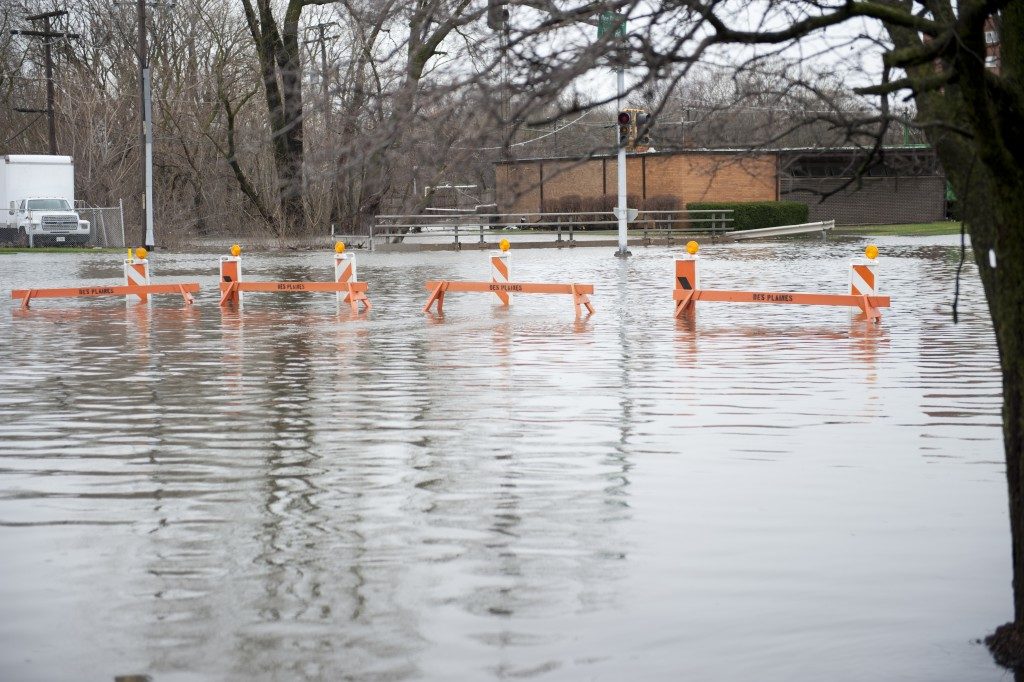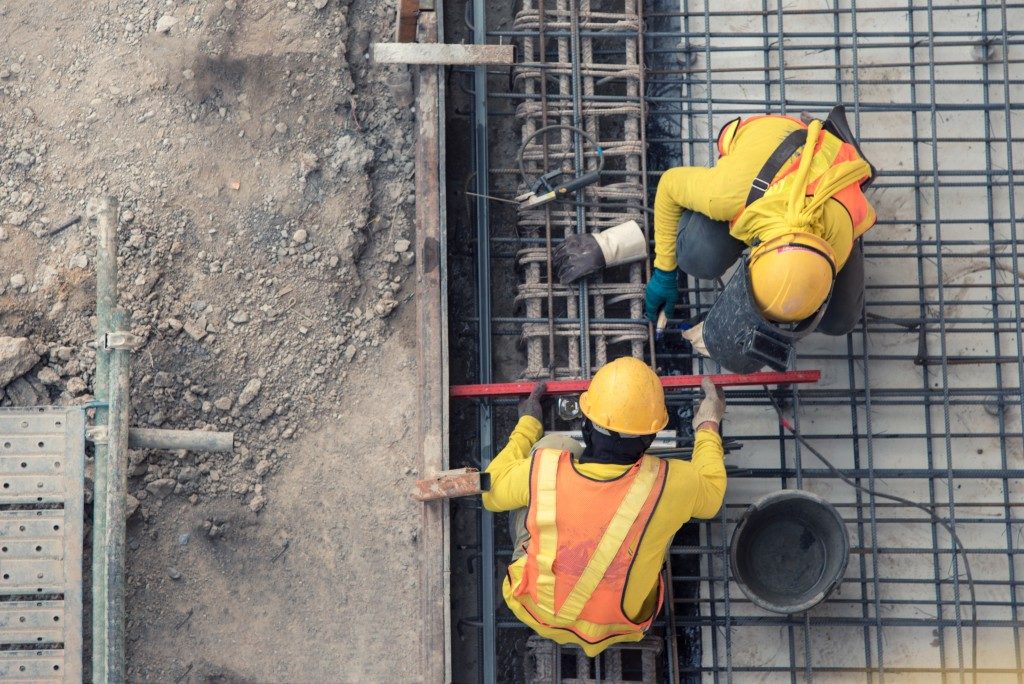With natural disasters happening frequently in all parts of the world, it’s only right that you protect your building against any possible tragedy. According to research, constructing buildings with natural disaster mitigation in mind can help you save thousands in repair costs and losses.
Here are the most common natural disasters that happen in the U.S. and how you can keep them from destroying your building:
1. Hurricanes
The best way to protect your building from water damage is to install an aluminum rainscreen that will allow drainage and evaporation in case of an intense hurricane. If your building has a roof, it’s imperative that you build according to coastal hurricane zone code. The same goes for doors and windows so that you can make sure they don’t get blown off in high-pressure winds.
2. Earthquakes
To build an earthquake-resistant building, pay attention to the following aspects:
- Strength. Make sure your building is up to earthquake code with more than enough strength to resist seismic movements. If you have an older structure, have a professional look into reinforcements.
- Regularity. A building should move equally to dissipate energy in the middle of an earthquake. Otherwise, weak spots in the building can crumble under the unequal force.
- Foundations. Perhaps the most crucial structural aspect of building stability, the foundation is what determines the structure’s long-term survival amidst natural disasters.
- Indoors. It’s not only the building itself that needs protection against an earthquake. Heavy structures and furniture inside the building should also be secured so that they don’t fall over during an earthquake.
3. Floods
Floods can rise rapidly and at unexpected levels, especially in areas where deforestation is rampant. What do you do if the water rises above the base flood elevation of your city? Here are some measures that can prevent total damage:
- Wet floodproofing. This method allows water to enter and exit uninhabited or less important areas during a flood to protect other areas.
- Dry floodproofing. With this method, you prevent water from entering the building by sealing the structure’s possible entryways.
- Floodwalls. If you live in a flood-prone area, investing in floodwalls can save your building from water damage by blocking the sides of the structure.
4. Tornadoes

Tornadoes form from intense thunderstorms and can cause violent damage to structures. If a powerful storm is happening in your area, be prepared just in case a tornado strikes. Since a tornado is often unpredictable but immensely devastating, here are some hazard mitigations you can do:
- Use wind-resistant products to protect your building against powerful winds
- Clear the building from structures that can fall onto it when a tornado strikes
- Secure your roof to prevent it from tearing off
- Create a tornado emergency plan to protect your staff and the building
Natural disasters can strike without any warning. The only way to protect your building from devastating damage is to mitigate the risks associated with different types of natural disasters. Remember that it is better to invest in protection than to pay for costly damage repairs later.


